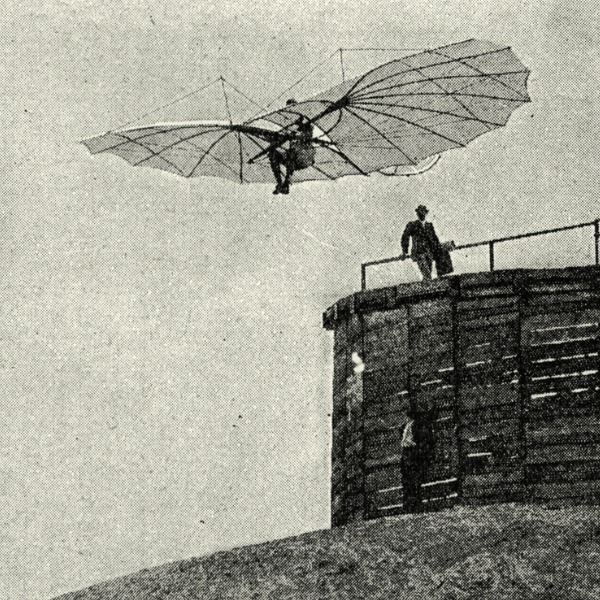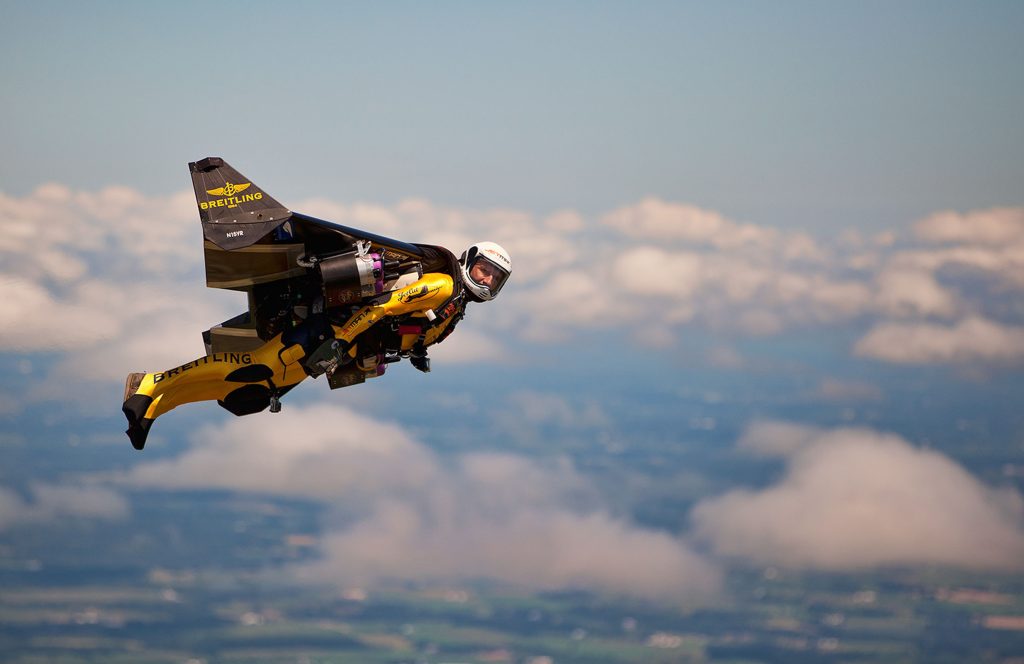Table of Contents
Human flight has long been a source of fascination and inspiration, symbolizing our desire to transcend the limitations of our terrestrial existence. From ancient myths to modern technological achievements, the quest for human flight reflects a remarkable journey of scientific discovery and engineering innovation. This article delves into the science of human flight, tracing its history, principles, and technological advancements that have made it a reality.

1. Historical Aspirations and Myths
The concept of human flight has roots in mythology and early scientific speculation. Ancient cultures envisioned flight through mythical figures and stories.
- Mythological Accounts: Ancient Greek mythology features Icarus and Daedalus, who crafted wings from feathers and wax. Icarus’s tragic flight, where he flew too close to the sun, highlights early human aspirations and the challenges of flight.
- Leonardo da Vinci: In the Renaissance, Leonardo da Vinci sketched designs for flying machines, such as the ornithopter, which mimicked the flapping of bird wings. While his designs were not realized in his lifetime, they demonstrated an early understanding of aerodynamics and flight principles.
2. The Principles of Flight
Understanding the science of human flight involves grasping fundamental aerodynamic principles that govern how objects move through the air.
- Lift: Lift is the force that counteracts gravity and allows an object to rise. It is generated by the flow of air over and under an object’s wings. The shape of the wing, known as an airfoil, plays a crucial role in creating lift. As air flows faster over the curved upper surface of the wing and slower underneath, it generates a pressure difference that lifts the wing.
- Thrust: Thrust is the force that propels an object forward. In aircraft, engines or propellers generate thrust by expelling air backward. This forward motion is essential for overcoming drag and achieving sustained flight.
- Drag: Drag is the resistance force that opposes the forward motion of an object through the air. It is influenced by the shape of the object and the speed of the airflow. Minimizing drag is crucial for efficient flight.
- Weight: Weight is the force of gravity acting on the object. For flight to occur, lift must exceed weight. Proper balance and control are necessary to maintain stable flight.
3. Early Attempts and Milestones
The journey to achieving human flight involved numerous trials and errors, culminating in significant milestones.
- Montgolfier Brothers: In 1783, the Montgolfier brothers launched the first successful hot air balloon flight. Their invention demonstrated the possibility of human flight using buoyancy. The flight of a balloon carrying passengers marked a significant achievement in aerostatic flight.
- Wright Brothers: On December 17, 1903, Orville and Wilbur Wright achieved the first powered, controlled, and sustained flight with their aircraft, the Wright Flyer. Their success was based on their understanding of aerodynamics, control surfaces, and engine design. The Wright Flyer’s historic flight marked the beginning of modern aviation.

4. Advancements in Aircraft Design
The early 20th century saw rapid advancements in aircraft design and technology, leading to the development of modern aviation.
- Propeller and Jet Engines: The development of more efficient engines, such as the jet engine, revolutionized aviation. Jet engines provided greater thrust and speed compared to propeller engines, enabling faster and more efficient flight. The introduction of turbojet engines in the 1940s and 1950s significantly advanced aircraft performance.
- Aerodynamic Design: Advances in aerodynamic design, such as the development of swept-back wings and streamlined fuselages, improved aircraft efficiency and speed. These innovations allowed for supersonic flight and reduced drag, leading to the development of high-performance aircraft.
- Materials and Technology: The use of advanced materials, such as lightweight composites and alloys, has enhanced aircraft performance and safety. Innovations in avionics, navigation systems, and automation have also contributed to the evolution of modern aviation.
5. Human Flight in Space
Human flight extends beyond the atmosphere into the realm of space exploration. The challenges of spaceflight are distinct from those of atmospheric flight.
- Rocketry: The development of rocketry was essential for space exploration. Early pioneers, such as Konstantin Tsiolkovsky and Robert H. Goddard, laid the groundwork for rocket science. The successful launch of the Soviet Sputnik 1 in 1957 marked the beginning of the space age.
- Apollo Missions: The Apollo program, led by NASA, achieved the historic goal of landing humans on the Moon. Apollo 11, with astronauts Neil Armstrong and Buzz Aldrin, landed on the lunar surface in 1969, demonstrating the feasibility of human spaceflight and exploration.
- International Space Station (ISS): The ISS represents a collaborative effort in space exploration, providing a platform for scientific research and international cooperation. It serves as a microgravity laboratory, enabling studies that are not possible on Earth.
6. The Future of Human Flight
The future of human flight continues to evolve, driven by advancements in technology and new frontiers in exploration.
- Electric and Hybrid Aircraft: The development of electric and hybrid aircraft aims to reduce the environmental impact of aviation. These technologies seek to improve fuel efficiency, reduce emissions, and make air travel more sustainable.
- Space Tourism: Space tourism is emerging as a new frontier in human flight. Companies like SpaceX and Blue Origin are working to make space travel accessible to private individuals, offering suborbital and orbital experiences.
- Supersonic and Hypersonic Flight: Research into supersonic and hypersonic flight aims to achieve higher speeds and reduce travel times. Hypersonic flight, which involves speeds greater than Mach 5, presents significant engineering challenges but promises revolutionary changes in transportation.

7. Conclusion
The science of human flight represents a remarkable journey from ancient myths and early experiments to cutting-edge technologies and space exploration. Understanding the principles of flight, the milestones in aviation history, and the advancements in aircraft design highlights the ingenuity and determination that have shaped our ability to conquer the skies. As we look to the future, the continued evolution of flight technologies promises to unlock new possibilities and further expand the horizons of human achievement. The quest for flight, driven by curiosity and innovation, remains one of humanity’s most inspiring and transformative endeavors.
